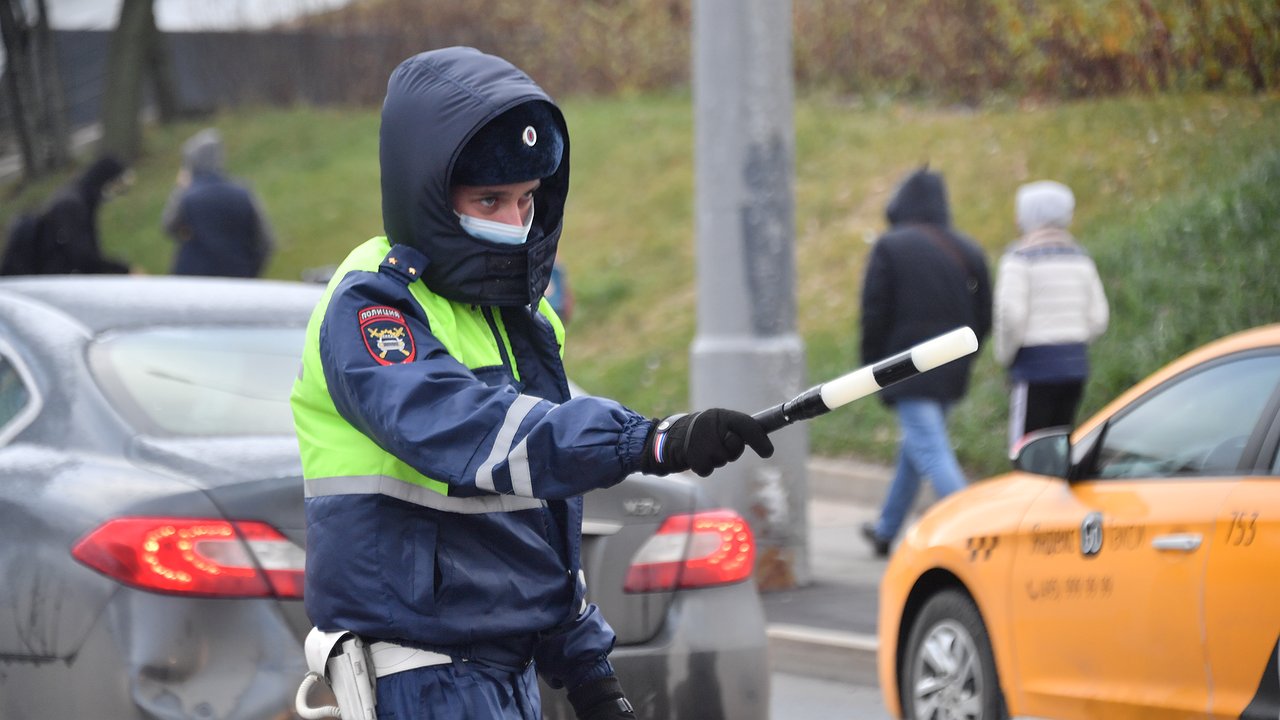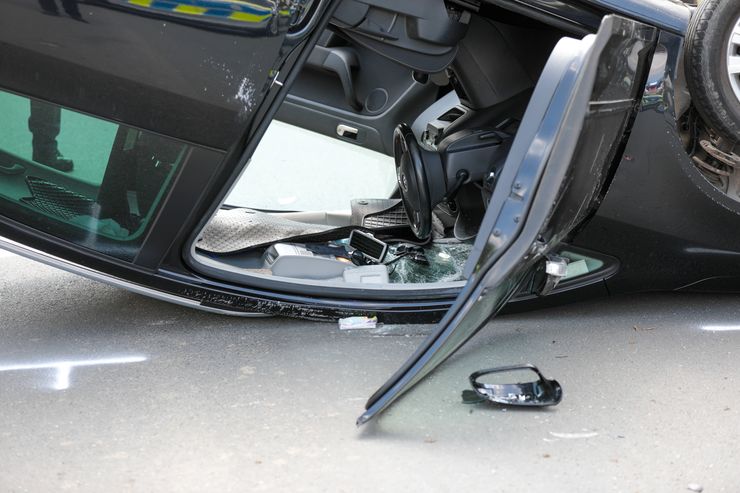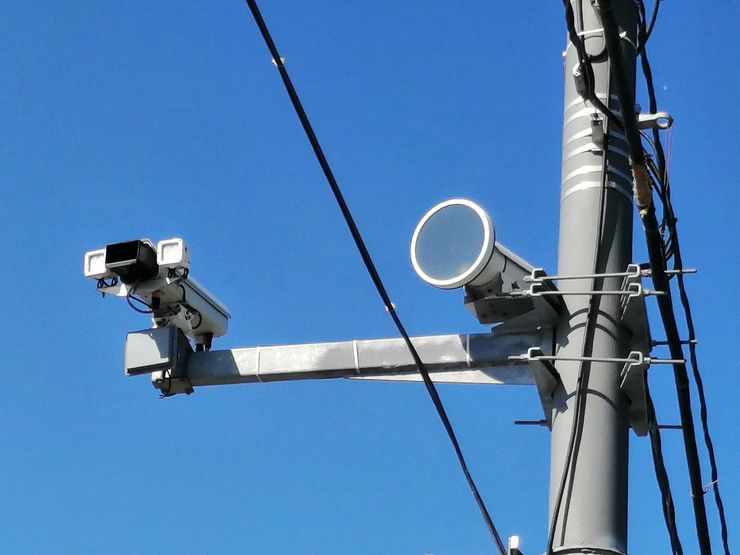Traffic fines can be doubled
- June 20, 2023
- 0
Now it’s the drivers’ turn. It became known after an informal discussion by “interested departments” about the idea of multiplying fines for traffic violations. The reason for such
Now it’s the drivers’ turn. It became known after an informal discussion by “interested departments” about the idea of multiplying fines for traffic violations. The reason for such

The reason for such conclusions was the ‘forwarding’ of a voluminous message in a number of popular telegram news channels, in which silent (to the public) discussions are described about a substantial increase in the penalties for traffic violations. In particular, the “leak” (anonymous, which is typical!) refers to alleged driver insensitivity, especially given the 50% “discount”, fines for the most common traffic offense – speeding at 20-40 mph. It is also alleged that some experts are in favor of abolishing the practice of paying half the amount of the fine within 20 days of the decision being issued.
All this discourages drivers, and they perceive the fine (allegedly!) as a kind of payment for a “service” – an opportunity to break the rules. This approach also has opponents who believe that the increase in fines will upset a certain balance in society in which motorists (more than 50 million Russians) are willing to accept the established “tariffs”. A significant increase in fines in the current socio-economic situation “could become another shock to the vast majority of Russians, given the lack of a noticeable increase in real incomes.”
The sudden emergence of the topic of heavier fines for drivers is surprising, to say the least. Police statistics assure that there are fewer and fewer accidents, the number of road casualties is falling steadily year after year. It is clear that drastic measures (such as higher fines) are not necessary to ‘break through’ any serious road safety problems. Then why are they talking about it now?
Only one explanation comes to mind: budgets need real, real money! And then such a tool “disappears” – more than 200 million fine reports are made for drivers per year! The traffic police cameras alone have “written out” fines for 112.8 billion rubles for 2022. On a national scale, it’s a trifle. But in the face of declining other budget revenues, every “penny” counts. Therefore, according to our estimates, the authorities will not rest until they increase their revenue from fines for drivers. In one way or another.
According to unconfirmed but very close to the truth data, there are two scenarios for an increase: either all fines are “multiplied by two”, or the 50% “discount” is cancelled. Interested parties discussing this issue “on the sidelines” are now most likely hampered only by considerations of the willingness of public opinion to “raise the price” of the Code of Administrative Offences. After all, it will affect the most active part of the population – about 50 million car owners. Who are already tightening their belts because of the “effects” of economic sanctions. By the way, on the nose (in 2024) the re-election of the president… Everything is complicated, but the treasury needs the money now.
– We have long been proposing a risk-based approach to fines under the ONF. According to statistics, 70% of drivers receive no more than 1-2 fines per year. These are random offenders. For them, it is generally necessary to provide the opportunity to get out with a warning for most traffic violations. About 30% more get 10-15 (maximum 20) resolutions per year, according to our research. In principle, these are normal motorists, accidents from them are minimal. Everything should stay as it is for them.
But there are about 0.5% of real assholes who accumulate 30-50-100 or more decisions per year. The existing system of fines does not work for these repeat offenders. We believe that if (or when?) there is an increase in fines for traffic violations, this should affect this specific category. These road users are the most problematic in terms of road safety. For such drivers, both increased fines and the abolition of “discounts” are what they need,” said Petr Shkumatov, coordinator of the Blue Buckets movement.
A slightly different view of the problem is taken by the vice president of the National Automobile Union, Anton Shaparin.
“Increasing the fines of the Code of Administrative Offenses only for drivers will unbalance our system of administrative sanctions. It turns out that for exceeding the speed limit by 20 km / h, the fine should be increased, but for passing, for example – no? The social damage of this violation of the traffic rules is clearly less than of street poverty! I strongly suspect that this point of view is inherent in very many Russians. I think the authorities understand this. Therefore, I assume that we will be on the “expanded” path of increasing receipts from fines, so to speak: not through their increase, but through a sharp increase in the camera fleet for the automatic recording of traffic violations. Now they account for about 90% of administrative decisions in the 12th (“directors”) chapter of the Code of Administrative Offenses. Meanwhile, in Russia there are many regions that have only a few such complexes. Accordingly, people go there almost as they please. Bend! Especially when compared with the behavior of motorists on the roads of Moscow or, for example, Tatarstan, where there are many automatic cameras. Because of the regions that are still not really “covered” by video footage, “penalty” revenues for the treasury should be increased,” Shaparin believes.


The reason for such conclusions was the ‘forwarding’ of a voluminous message in a number of popular telegram news channels, in which silent (to the public) discussions are described about a substantial increase in the penalties for traffic violations. In particular, the “leak” (anonymous, which is typical!) refers to alleged driver insensitivity, especially given the 50% “discount”, fines for the most common traffic offense – speeding at 20-40 mph. It is also alleged that some experts are in favor of abolishing the practice of paying half the amount of the fine within 20 days of the decision being issued.
All this discourages drivers, and they perceive the fine (allegedly!) as a kind of payment for a “service” – an opportunity to break the rules. This approach also has opponents who believe that the increase in fines will upset a certain balance in society in which motorists (more than 50 million Russians) are willing to accept the established “tariffs”. A significant increase in fines in the current socio-economic situation “could become another shock to the vast majority of Russians, given the lack of a noticeable increase in real incomes.”
The sudden emergence of the topic of heavier fines for drivers is surprising, to say the least. Police statistics assure that there are fewer and fewer accidents, the number of road casualties is falling steadily year after year. It is clear that drastic measures (such as higher fines) are not necessary to ‘break through’ any serious road safety problems. Then why are they talking about it now?
Only one explanation comes to mind: budgets need real, real money! And then such a tool “disappears” – more than 200 million fine reports are made for drivers per year! The traffic police cameras alone have “written out” fines for 112.8 billion rubles for 2022. On a national scale, it’s a trifle. But in the face of declining other budget revenues, every “penny” counts. Therefore, according to our estimates, the authorities will not rest until they increase their revenue from fines for drivers. In one way or another.
According to unconfirmed but very close to the truth data, there are two scenarios for an increase: either all fines are “multiplied by two”, or the 50% “discount” is cancelled. Interested parties discussing this issue “on the sidelines” are now most likely hampered only by considerations of the willingness of public opinion to “raise the price” of the Code of Administrative Offenses. After all, it will affect the most active part of the population – about 50 million car owners. Who are already tightening their belts because of the “effects” of economic sanctions. By the way, on the nose (in 2024) the re-election of the president… Everything is complicated, but the treasury needs the money now.
– We have long been proposing a risk-based approach to fines under the ONF. According to statistics, 70% of drivers receive no more than 1-2 fines per year. These are random offenders. For them, it is generally necessary to provide the opportunity to get out with a warning for most traffic violations. About 30% more get 10-15 (maximum 20) resolutions per year, according to our research. In principle, these are normal motorists, accidents from them are minimal. Everything should stay as it is for them.
But there are about 0.5% of real assholes who accumulate 30-50-100 or more decisions per year. The existing system of fines does not work for these repeat offenders. We believe that if (or when?) there is an increase in fines for traffic violations, this should affect this specific category. These road users are the most problematic in terms of road safety. For such drivers, both increased fines and the abolition of “discounts” are what they need,” said Petr Shkumatov, coordinator of the Blue Buckets movement.
A slightly different view of the problem is taken by the vice president of the National Automobile Union, Anton Shaparin.
“Increasing the fines of the Code of Administrative Offenses only for drivers will unbalance our system of administrative sanctions. It turns out that for exceeding the speed limit by 20 km / h, the fine should be increased, but for passing, for example – no? The social damage of this violation of the traffic rules is clearly less than of street poverty! I strongly suspect that this point of view is inherent in very many Russians. I think the authorities understand this. Therefore, I assume that we will be on the “expanded” path of increasing receipts from fines, so to speak: not through their increase, but through a sharp increase in the camera fleet for the automatic recording of traffic violations. Now they account for about 90% of administrative decisions in the 12th (“directors”) chapter of the Code of Administrative Offenses. Meanwhile, in Russia there are many regions that have only a few such complexes. Accordingly, people go there almost as they please. Bend! Especially when compared with the behavior of motorists on the roads of Moscow or, for example, Tatarstan, where there are many automatic cameras. Because of the regions that are still not really “covered” by video recording, “fine” revenues for the Treasury must be increased,” Shaparin believes.
Source: Avto Vzglyad
Donald Salinas is an experienced automobile journalist and writer for Div Bracket. He brings his readers the latest news and developments from the world of automobiles, offering a unique and knowledgeable perspective on the latest trends and innovations in the automotive industry.